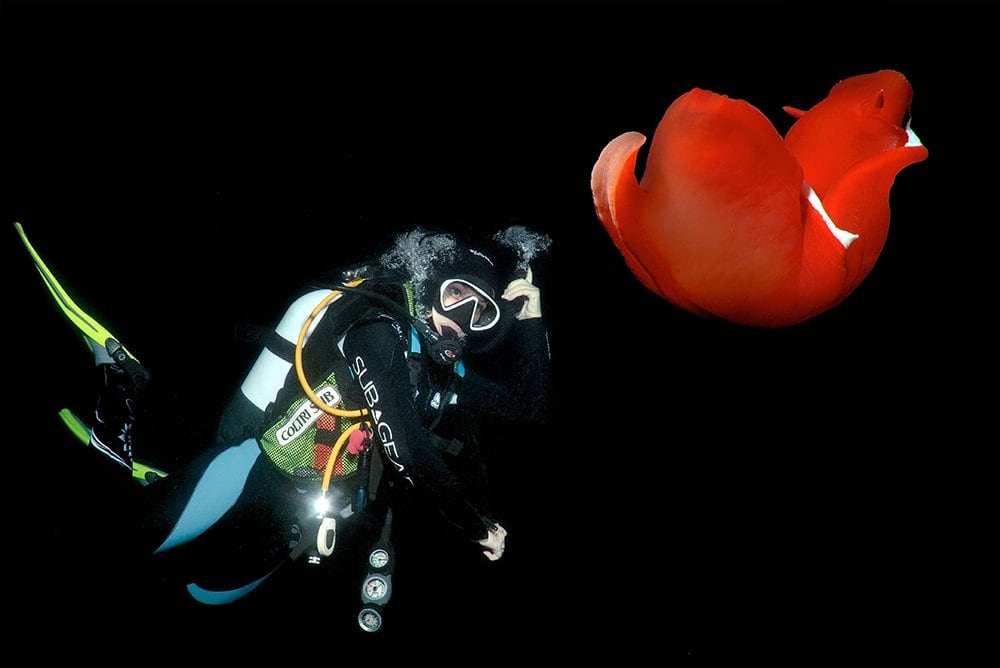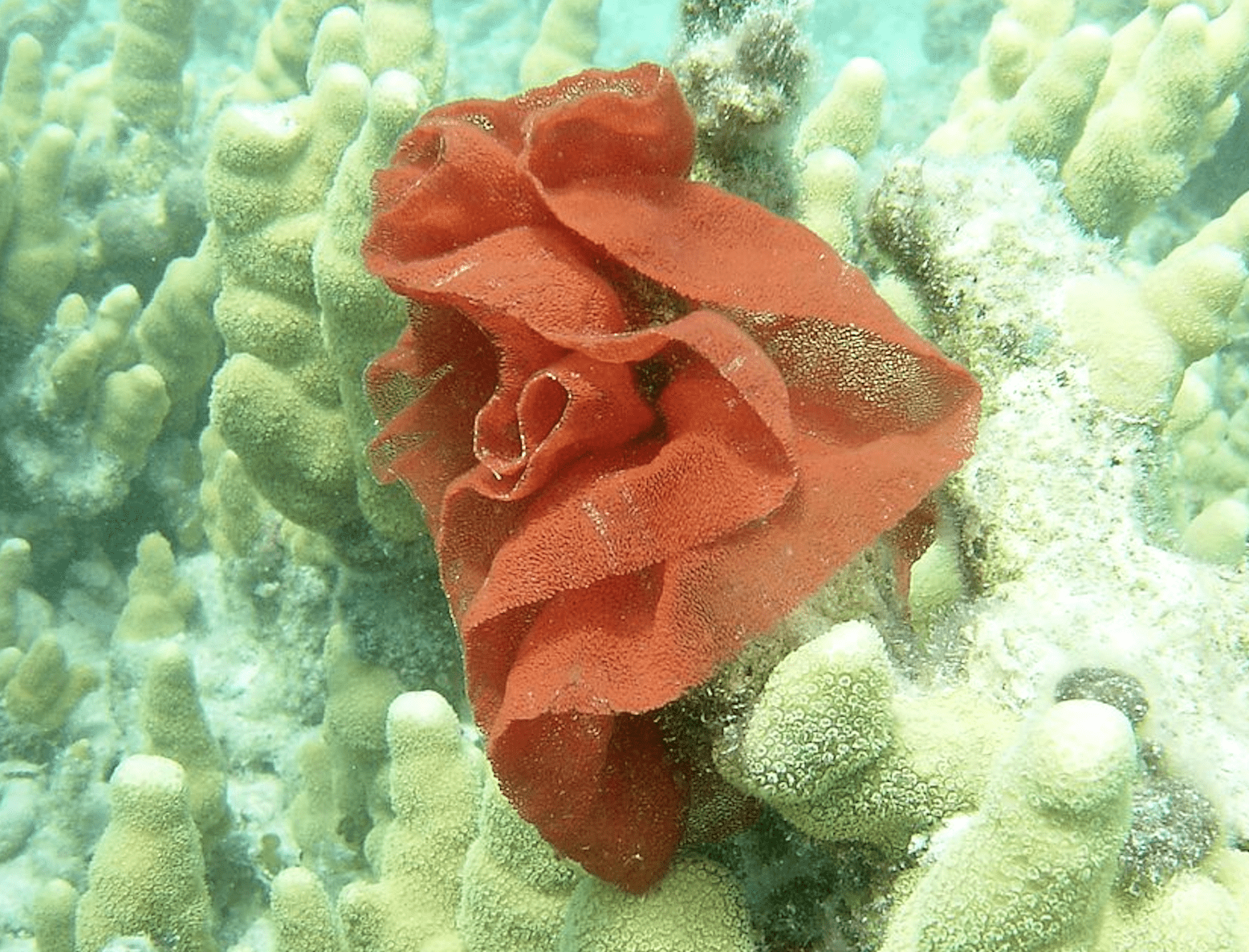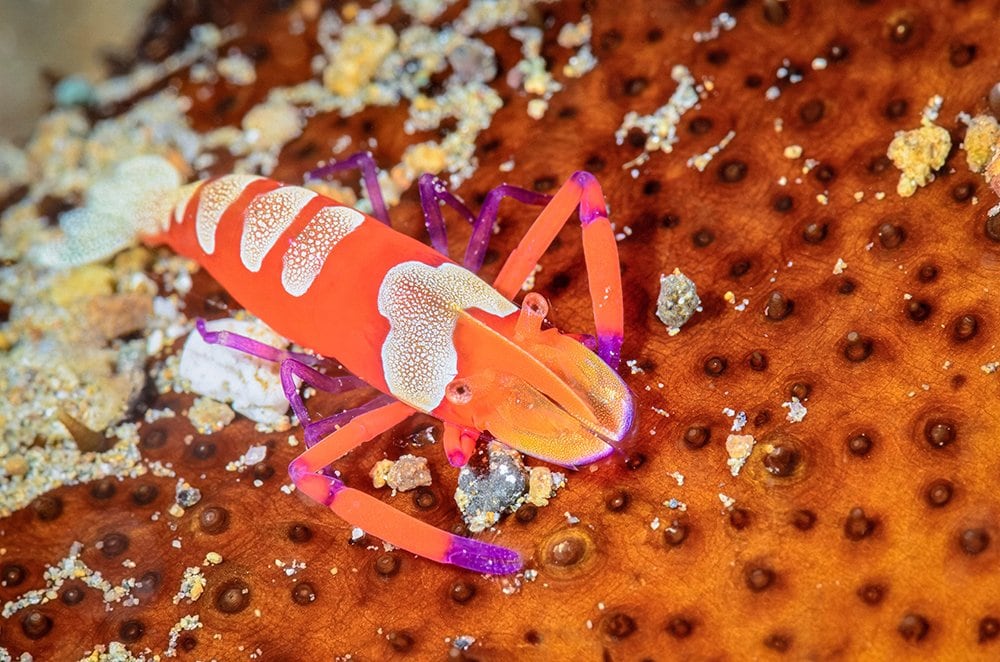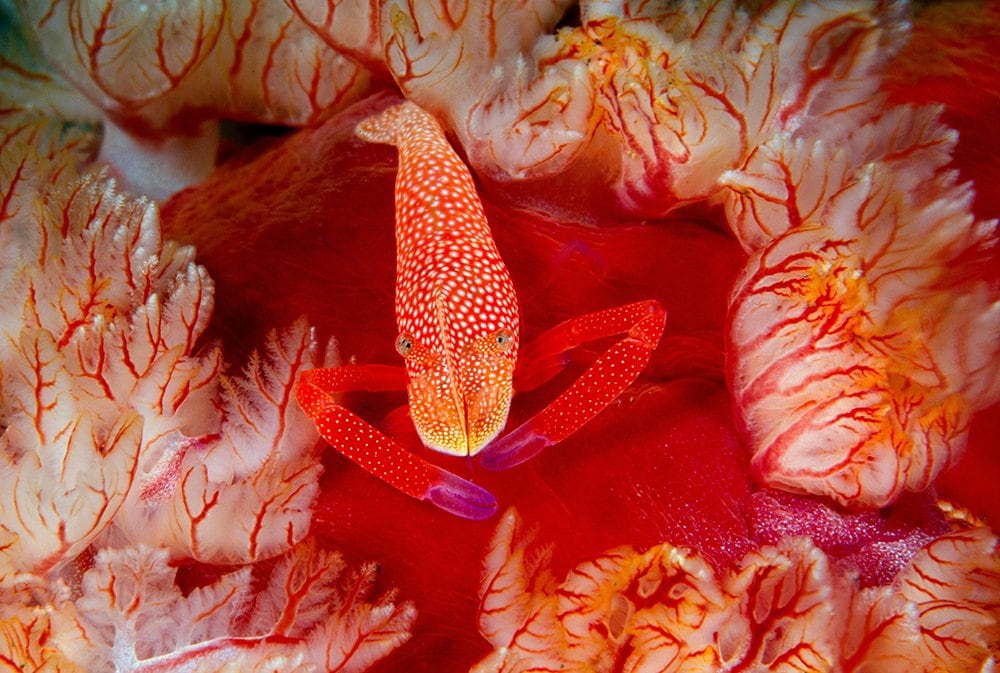The Spanish dancer is lovely – and almost ludicrously large

Bec Crew
Bec Crew

ANYONE WHO is familiar with nudibranchs – soft-bodied molluscs that look like enthusiastically decorated sea slugs – knows that they tend to be on the smaller size. Take the wonderful sea bunny, for example, which stretches to just 2.5 cm. Or the blue dragon, which is about 3 cm long.
Some nudibranchs, however, are freakishly large. The Spanish dancer (Hexabranchus sanguineus), a blood-red species from the Doridoidea family, is one of the largest nudibranchs known to science.
It can grow to a whopping 60 cm, which is about as long as a human arm. That is just bonkers. I mean, just look at this thing. It looks like a giant disembodied tongue:

The Spanish dancer is found in rocky and coral reefs of the Indo-Pacific region. In Australia, it’s been spotted on the West Australian coast, up in the north, particularly around the Cape York Peninsula, and along the east coast, including in the Great Barrier Reef.
These nudibranchs feed on sea sponges, and when at rest, they curl themselves up like one of those carrot flower garnishes you get at Chinese restaurants:

While you might reasonably assume that the Spanish dancer gets its name from this display, which looks very much like a flamenco dancer’s skirt, there’s another very special reason – these things really can dance.
When disturbed, the Spanish dancer puts on quite a show. It will launch itself above the sea floor, and undulate its body to propel itself though the water. You can see one in action here, waving its edges around like a Spanish dancer waves her skirt:
Another fascinating aspect of these giant nudibranchs is the company they keep. Along with sponges and sea cucumbers, Spanish dancers provide a safe space for tiny crustaceans that can camouflage against their bright colours. In return, these little creatures rid Spanish dancers of parasites.
Emperor shrimps of the Periclimenes family, which grow to just 4 to 8 mm long, are commonly found alongside a Spanish dancer. Their beautiful white patterning is perhaps the one thing that could give their perfect hiding spot away.
Here’s one sitting on a red-coloured sponge:

Look at that little face. Protect it at all costs!
Here’s another delicate little emperor shrimp, nestled among a Spanish dancer’s frilly branches, which are actually its exposed gills:

Who else is suddenly jealous of the emperor shrimp? If I could curl myself up on the back of a giant nudibranch and ride my way through a crappy Monday morning, I’d be first in line for the shrink ray.







